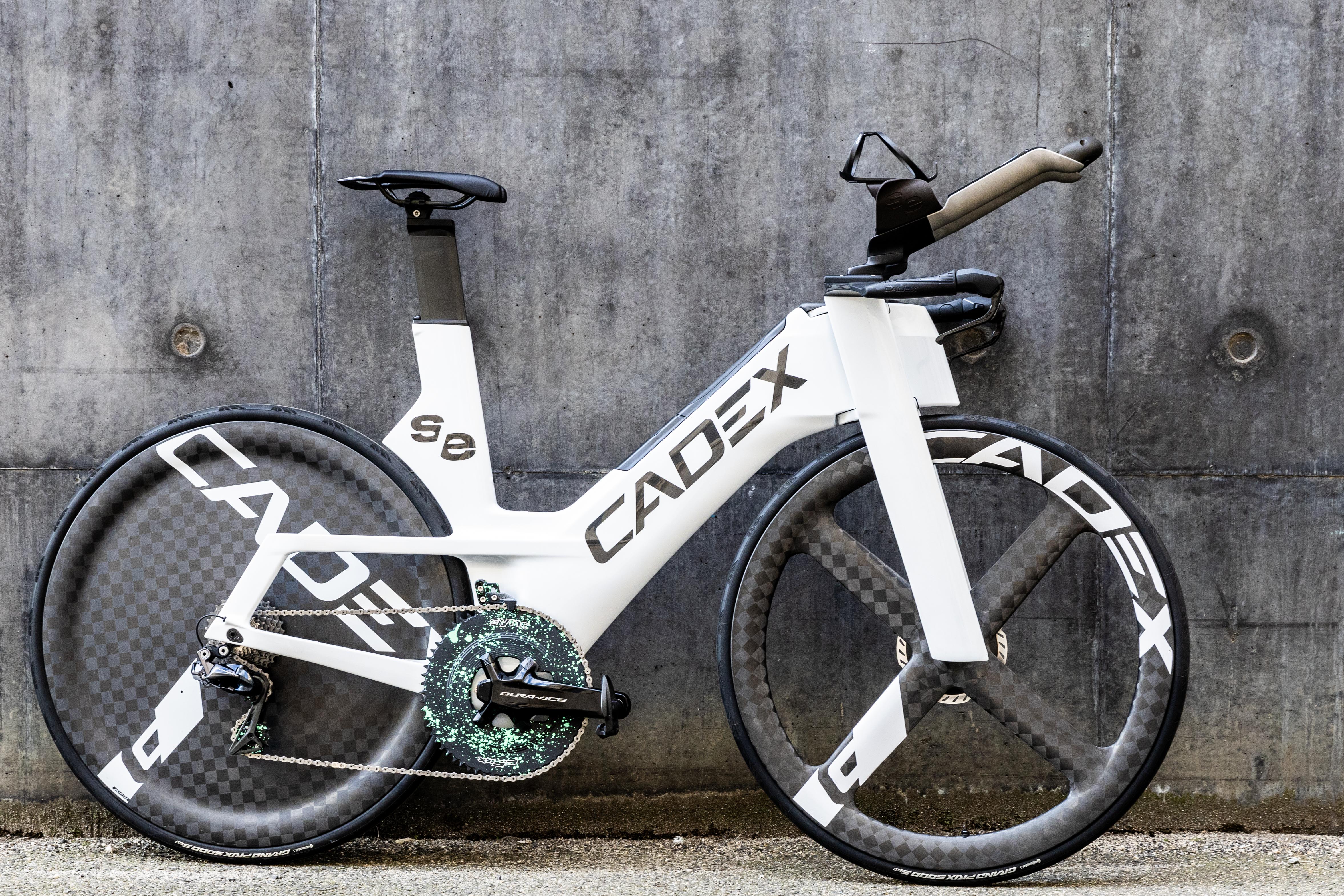1X Chainrings: The what, the why and the how.
13th Jul 2024
At Sync, we are the first to acknowledge the limitations of a 1X Driveline System. It is not the solution for everyone and you should weigh up the suitability based on your needs. However, if you ride on predominantly flat terrain, have specific targeted races on flat courses, or have a Classified-spec rear wheel, 1X is a viable solution that offers unique performance advantages.
One of the big misconceptions we hear when 1X is entering the discussion is over the size of the chainring that is relevant. Off the shelf, we have 54-64T and for team application, we even have 66 and 68T.
These are massive chainring sizes, right? While they certainly sound large, the number of teeth is not the complete picture.
This is easy to summarise in a single calculation:
4 teeth at the front equals 1 tooth at the back.
Gear Ratios
Gear ratios are a common consideration in track cycling, where a fixed gear forces the athlete/coach to be very specific about the selection of a cog and chainring combination. However, it is something that has largely been forgotten in road cycling.
Ratios are calculated by:
(chainring / cog) x wheel diameter = Gear Inches
Track cycling gear charts work off gear inches, so the wheel diameter in the above equation is in inches. Chainring and cog are measured in tooth count. Gear Inches means the distance the bike will travel for a single revolution of the crank.
Once you know some basic gear ratios that work for you (specific to your physiological capabilities), it’s easy to map out some viable options, with a larger tooth count on the front.

Chain Alignment
The goal of selecting a larger chainring is to align the chain, as straight as possible, from the chainring to the cassette. Let’s say for example, you ride in your 13t cog, and want to use the 14 or 15t cog to achieve a more optimal chain line, that would require a larger chainring.
Using our simple 4:1 rule, to get the 14 would require +4 teeth on the front. To hit the 15, would require +8 teeth on the front. You can see how quickly the tooth count grows.
No Physiological Change
It is worth noting at this point, that increasing the chaining size, does not mean increasing the work performed (changing power or cadence). Remember the golden 4:1 rule? 4 teeth at the front equals 1 tooth at the back. What this means is that if you increase chainring size by 4 teeth, a change of gears on the rear cassette, 1 tooth larger, will provide the same gear ratio and some physiological load.
8 teeth larger at the front, 2 teeth larger at the rear, same work rate. You get the idea, and you can see that actually, increments of 4 teeth are very relevant
Manipulating Power and Cadence
Where a 2-tooth change in chainring size can be particularly useful is in two distinct situations - When stuck between gears:
1. To increase power, in the same cassette cog, for the same cadence
2. To reduce cadence in the same cassette cog, for the same power
With a strategic 2-tooth change the elusive “magic gear” is far more attainable.
How do I know?
Approaching gearing choice with a critical eye should always leave you asking the question …. Do I have the right gears, to achieve race power at my optimal cadence? With a close-to-straight chain line?
If the answer is yes, great news, if not remember the golden 4:1 rule or remember the application for a 2-tooth change in chainring size.
Bike Compatibility
We can confirm, our 1X chainrings are NOT compatible with all bikes, in all sizes.
For Giant Trinity and CADEX, Canyon, Cervelo, Colnago and Scott owners, you can run up to 62t, with confirmed fitment. Specialized, Factor and BMC (Timemachine TM01) owners be warned, 54t is your largest “safe size” however we have seen up to 56t in use on these frames.

Fitment issues arise from the combination of the chain stay geometry and the offset we apply to our 1X chainrings. This offset brings the chainring closer to the frame and provides better chain alignment, but the downside of this approach is that some frames are not compatible.

